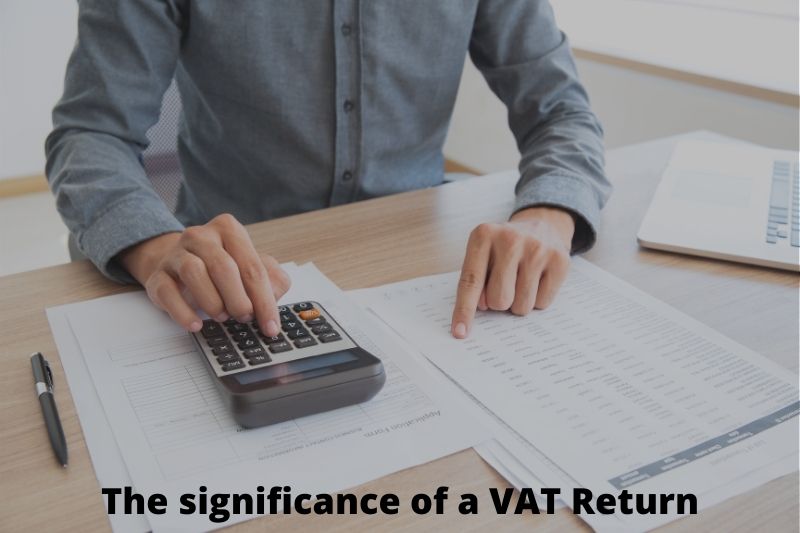How is a VAT Return Different from a Tax Return? Tips to Manage your VAT

August 06, 2021
VAT Return, Tax Return – What is the Difference and Some Pointers from the Experts
Starting a business is not an easy task as apart from learning ropes of the business and keeping up the optimism, there are ‘n’ numbers of things to consider and record on the accounting side. For a business owner, it is naturally difficult to keep up with the business end of things and juggle the books and take out time to update them. Apart from bookkeeping and payroll, VAT is another recurring element. VAT (Value Added Tax Returns) are used to indicate how much VAT a company owes or expect to make a recovery from the HMRC. Generally, the VAT return and the payments related to the same need to be submitted quarterly to the HMRC.
It is difficult for any business owner starting his first business to be able to understand the various taxes, the reports or documents required, and what the correct amounts to be paid are. Also, it is not mandatory always to register for VAT as it mostly depends on whether you qualify for the same or not. Thus, this must be understood. Usually, when a business crosses £85,000 in taxable supplies, VAT registration is mandatory. Below this figure, registration is allowed but is voluntary.
The significance of a VAT Return
The completed return should indicate how much payment is owed to the HMRC and whether a refund needs to be paid out. If what is to be reclaimed is over the amount of the sales that have been declared, then HMRC will make a payment to you of the difference amount.
The point is that these returns differ from those annual returns towards tax, which are submitted by the small limited company owners, self-employed professionals or sole traders. Primarily, in this case, tax in relation to profits is being declared.
When you buy anything for your business, you may be charged VAT by the supplier. You have to keep a record of every VAT purchase. If you sell anything to your clients, you must be aware, whether the transaction classifies as a taxable supply. If this is indeed the case, then VAT would have to be charged and reflected later in the invoice. Plus, you need to keep an accurate record of what VAT you’ve charged and collected.
Thus, a VAT return merely is a summary of what was paid by you when put up against what you sold. Records are a must even if you are using the savviest MTD software as at any point of time, HMRC can launch an investigation. Thus, ensure you keep a record regardless of the records you have kept of the actual transactions in the software.
Where the difference lies
There is a very clear cut and fundamental difference if one thinks about it. VAT is a tax that is charged and recovered on transactions that include both incomes and expenditures. On the other hand, a tax return is based on the declared profits figure of the respective business within that business’ accounting year. When the returns are submitted too is another point of difference, as VAT returns have a more periodic submission rate, which could be annual, quarterly and even monthly which is quite different from the tax return submission date.
It is important to remember the biggest difference, VAT is not income but in reality money that the seller is collecting to pay to the HMRC. Thus, if you aren’t too keen to juggle the business end of things then it is best to have an accountant looking into things for you.
With more than 20 years of experience and knowledge in providing best-in-class VAT return services, we can provide you with expert assistance in solving your VAT return problems. Contact us for more information about VAT Return services.


